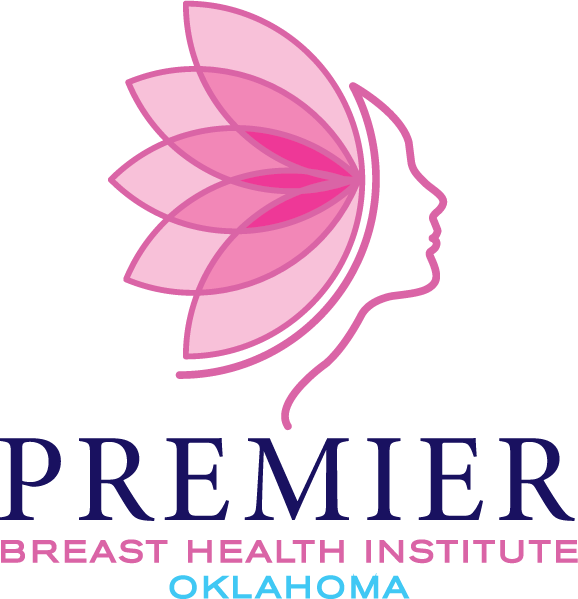What Are the Guidelines for Taking Breast Cancer Tests?
Breast cancer poses serious risks, including a high potential for metastasis if not caught early. But, wait, early detection increases survival rates and reduces treatment complexities. It allows for more effective management and significantly improves outcomes. There are several test options to detect the disease at an early stage. For residents looking for proactive measures, genetic testing in OKC can be a valuable resource in assessing personal risk. Find out about other tests and learn about the current screening protocols, emphasizing the importance of mammograms and other tests in the early identification of this disease.
What is Breast Cancer?
Breast cancer arises when abnormal cells in the breast tissue grow uncontrollably. It primarily affects women but can also occur in men. The disease usually starts in the milk ducts or lobules and may spread to other body parts if not detected early.
Common Symptoms and Signs
Identifying the early signs of breast cancer is crucial for timely treatment. Symptoms include-
Lumps in the breast
Changes in the shape or size of the breast
Nipple discharge other than breast milk
Noticeable changes in the skin over the breast, such as dimpling.
Factors Influencing Breast Cancer
Breast cancer arises from various factors, making prevention and screening strategies vital. Key causes include-
Genetic Mutations: Certain inherited genes, like BRCA1 and BRCA2, significantly increase breast cancer risk.
Hormonal Causes: Factors such as late menopause and early menstruation can raise the likelihood of developing breast cancer.
Considerations of Age: The risk escalates, particularly in postmenopausal women.
Gender: Although mainly affecting women, men can also develop breast cancer, albeit rarely.
Family History: The risk escalates if immediate family members have had breast cancer.
HRT: Extended use of Hormone Replacement Therapy or HRT during menopause can heighten breast cancer risk.
Dense Breast Tissue: Dense breast tissue increases cancer risk and complicates the reading of mammograms.
History of Individuals: Individuals previously diagnosed with breast cancer face a higher chance of its recurrence.
Exposure to Radiation: Early exposure to high radiation levels can significantly increase breast cancer risk.
Recognizing these causes helps assess risk and aids in taking preventive measures.
Overview of the Guidelines for Breast Cancer Screening
Mammography Sessions
Mammograms and specialized breast X-rays are essential for early detection. Women at average risk should start annual or biennial mammograms at age 40. Those with a family history may begin earlier, add MRI screenings or opt for genetic testing in OKC. A typical mammogram session lasts 20 to 30 minutes and is available at various medical facilities.
Essentials of Clinical Breast Exams
Healthcare professionals like gynecologists perform clinical breast exams (CBE), typically lasting 5 to 15 minutes. These exams are essential for detecting changes in breast tissue and complementing self-exams and mammograms. Women over 20 are advised to undergo annual CBEs, although the frequency may vary based on age and risk factors.
Conducting Breast Self-Examinations
To conduct a breast self-exam, gently press the pads of your three middle fingers in a circular motion, thoroughly exploring the entire breast and adjacent areas for any lumps or irregularities. Perform the exam while lying down or in the shower for complete coverage and report abnormalities to your doctor. Although not universally advised, they are beneficial for early detection of changes.
Depending on individual risk factors, personal history, and breast density, further imaging such as Magnetic Resonance Imaging or MRI may be advised to ensure a thorough assessment.
How Genetic Testing Surpasses Breast Self-Exams?
Genetic testing provides a more precise risk assessment for breast cancer compared to breast self-exams. By identifying specific inherited mutations, genetic testing for breast cancer can forecast an individual's likelihood of developing cancer, enabling earlier and more targeted interventions, which breast self-exams cannot offer.
When to See a Doctor for Breast Concerns
Consult a doctor if you detect new, painless lumps in the breast or underarm, notice unexplained changes in breast size or shape, experience spontaneous bloody nipple discharge, persistent or severe breast pain, or observe redness, dimpling, or other unusual skin changes on the breast. These signs warrant immediate medical evaluation.
Take Action for Your Health
Premier Breast Health Institute of Oklahoma invites you to safeguard your health with comprehensive breast cancer screenings, including advanced genetic testing in OKC. Trust our team to guide you through your preventive care journey. Contact us today to schedule your appointment.

